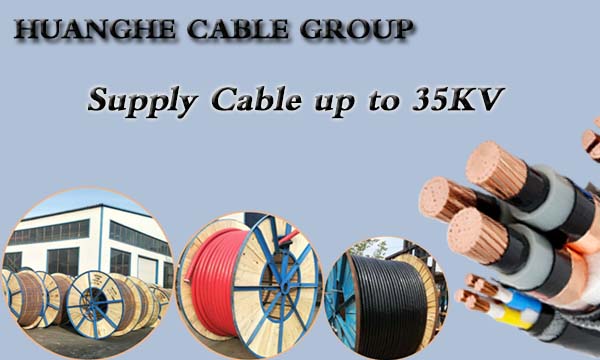In industrial projects, power cables act as the “veins” of energy transmission. Choosing the wrong cable can lead to equipment failures, safety hazards, and skyrocketing costs. This guide breaks down the 5 critical factors to evaluate when selecting industrial cables, combining technical specifications with real-world scenarios.
1. Ampacity: The Cable’s “Traffic Capacity”
Definition:
The maximum current a cable can safely carry without exceeding temperature limits.
Why It Matters:
Underrated cables overheat, accelerating insulation degradation or even causing fires.
Overrated cables waste budget on unnecessary capacity.
Selection Tips:
Calculate ampacity based on peak current demand using IEC 60287 standards.
Apply ambient temperature correction factors (e.g., derate cables in high-temperature environments).
2. Voltage Rating: Match System Requirements
Definition:
The maximum operating voltage a cable can withstand (e.g., 0.6/1kV, 6/10kV).
Common Pitfalls:
Ignoring transient overvoltages (e.g., motor startup surges).
Overlooking differences between AC and DC applications.
Recommendation:
Select cables with a voltage rating 20% higher than the system’s maximum voltage.
Apply ambient temperature correction factors (e.g., derate cables in high-temperature environments).

3. Environmental Resistance: Right Material for Right Conditions
Cables may face extreme temperatures, chemicals, or mechanical stress. Match materials to the environment:
High Heat: Choose cross-linked polyethylene (XLPE) insulation.
Moisture/Chemicals: Opt for galvanized steel armor or LSZH (Low Smoke Zero Halogen) sheathing.
Abrasion: Add metal armor or TPU (Thermoplastic Polyurethane) jackets.
4. Certifications: Ensure Compliance & Safety
Key Standards:
IEC 60502: General standard for medium/low-voltage power cables.
UL 44: Rubber-insulated cables for North American markets.
RoHS/REACH: Environmental compliance.
Procurement Advice: Request third-party test reports and verify certification scopes (e.g., temperature ranges or fire performance).
5. Total Cost of Ownership (TCO): Look Beyond Initial Price
Hidden Costs Include:
Installation complexity (e.g., flexible cables reduce labor time).
Maintenance frequency (fire-resistant cables lower downtime).
End-of-life recycling (eco-friendly materials simplify disposal).
Selecting industrial power cables requires balancing technical specs, environmental needs, and long-term value. Collaborate closely with suppliers to tailor solutions to your project.
Need Expert Support? Contact Our Engineering Team for a free consultation.

Please contact us for a free quotation by the below form. We promise the quickest response within 8 hours.